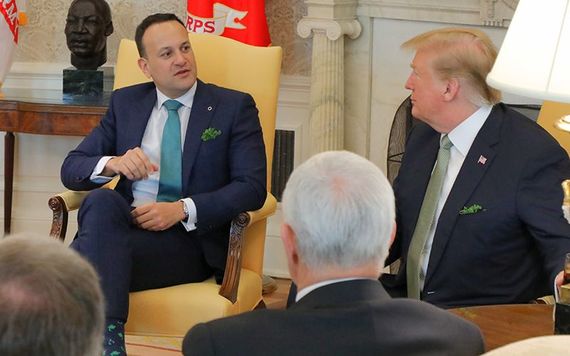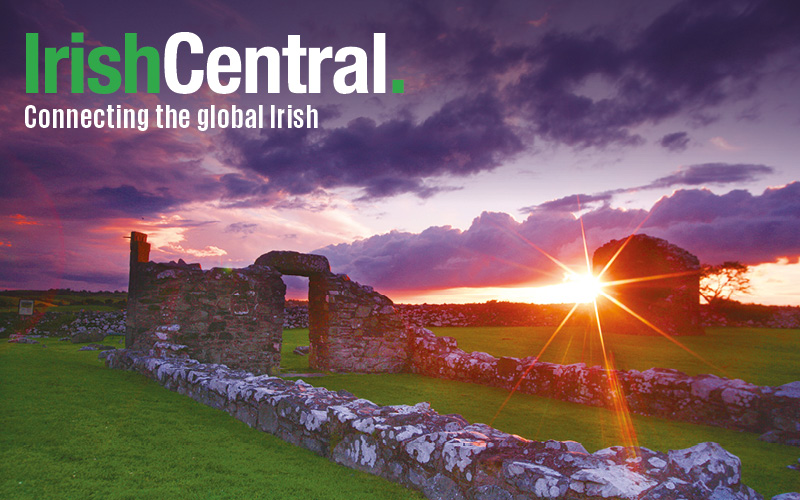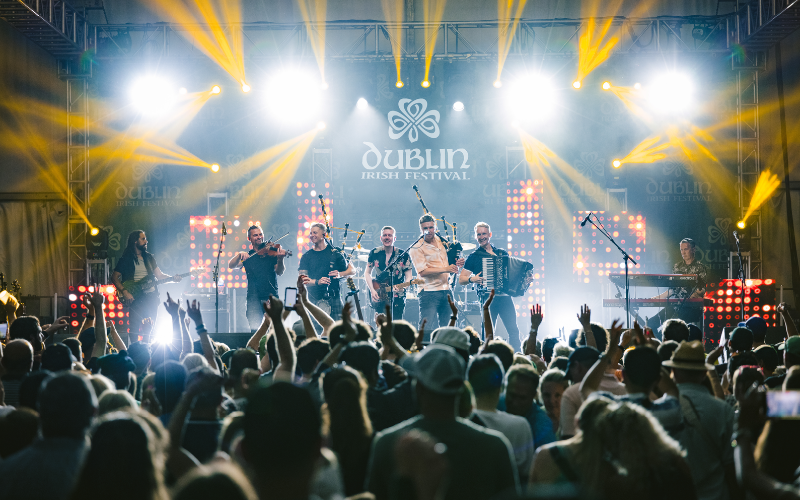There has been a lot of naysaying about the imminent death of Irish America, but let’s take stock.
Irish America is a hardy beast. It was written off after Irish partition as the cause that Irish America had espoused, a united Ireland, was not achieved.
It was written off in 1965 when a new draconian immigration bill spelled the effective end of European immigration.
In the 1990s when the Irish Celtic Tiger began aborning the story was there would be no more need for immigration.
There is a stubborn reality, though. Every 30 years or so, 1920, 1950, 1980 and 2010, a recession takes hold in Ireland.
The cry goes up to man the emigrant boats again. In its latest iteration, it was Canada and Australia who took the brunt of those leaving, but they came to America too.

The Irish "came to America too."
That beacon light will never fail. The newest generation of Irish will too find their way when immigration reform in America finally happens.
As for the Irish American community, it continues to form an important aspect of American life, reflecting the ties that bind an ethnicity that was one of the first great tribes of America alongside the British, the Dutch, the native Indians, and the French.
Ancestry.com reports that Irish is the single biggest hidden ethnicity they come across in their DNA studies. As one of the original tribes of America that is understandable.
What Ancestry discovered is that there are actually far more Irish Americans than are currently counted. Now we know a little better who is filing those 24 flights a night to Ireland where once there were only a handful.
Many doubters also claim that because the U.S. Census once showed 40 million Americans with Irish descent and now it shows 34 million or so, that must mean a decline. But they are not looking at the facts.
Read more: Top facts on Irish Americans from the US Census Bureau
There was a change in methodology where only two ethnicities were allowed on the form as against multiple roots. Obviously many Americans had been reporting far more than two mixed origins and there was consequently a diminution in numbers.
Interestingly, as reported by the Census Bureau, Irish was usually the predominant choice if a person had two or more backgrounds.
Also for purists, Scots Irish, once under the Irish banner, are now separate, representing about three million respondents.
There is one area where there is an undoubted difficulty -- new Irish coming to America to replenish existing organizations. That is a real issue and one that awaits immigration reform.
Taoiseach Leo Varadkar will be addressing the case in Washington, D.C. this week along with special envoy John Deasy when they meet President Donald Trump at the White House.

Irish Leader Leo Varadkar speaking with Donald Trump in Washington this week.
Both men deserve great credit for driving the debate and understanding their job is to help their own country, but Varadkar is not taoiseach of the world and his job is to seek a way for Irish citizens to emigrate legally from Ireland to America, a country that has been a natural hinterland since the mid 18th century.
We came tantalizingly close to securing E-3 visas late last year, falling but one vote short in the Senate. Happy St. Cromwell’ Day Senator Tom Cotton, the politician from Arkansas who single-handedly killed the effort.
For the rest of you, Erin Go Bragh!
Read more: It's acceptable again to be anti-English in Ireland




Comments